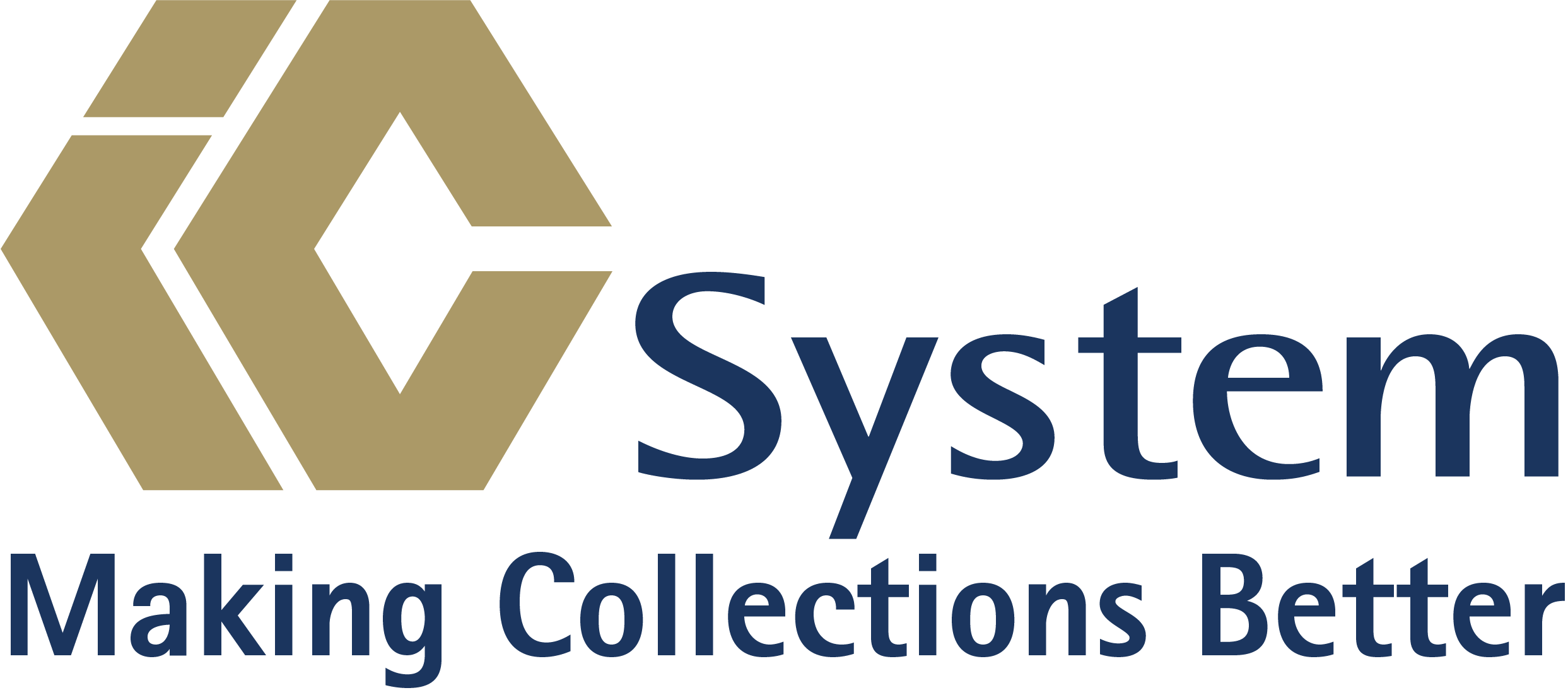Tips to acquire services through a formal request for proposal (RFP)

In my years as a proposal writer, I’ve responded on behalf of big Fortune 500 companies and smaller, family-owned operations. And as a member of the Association of Proposal Management Professionals, I’ve attended the industry seminars and commiserated with my fellow proposal writers. I’ve learned a few things from my time in the trenches, and I thought I’d take a chance to share a few observations about the request for proposal (RFP) process.
In my last article, I provided a few tips aimed at organizations seeking debt collection services using the RFP process. Continuing in that vein, today we’ll cover a few more RFP-writing best practices. Although my intention is to give advice to government procurement officers, healthcare industry purchasing departments, and anyone else seeking collection services, I think you’ll find that today’s tips can apply to anyone acquiring services through a formal RFP process.
Over the course of a month, I look at a lot of RFPs, RFIs, RFQs, ITBs, and just about every other solicitation acronym you can think of. No two are the same; they are as complex and varied as the needs of the organizations that issue them. But when it comes to a few pieces of key, universally useful information, consistency and clarity should be the goal. And that’s a goal that helps both sides of the process; the clearer and more focused your RFPs are, the clearer and more focused vendors’ proposals will be. Then, that clarity will translate to smoother evaluations and, hopefully, better purchasing decisions.
While some of my advice may seem obvious, you might be surprised how many solicitation documents seem to hide the most basic instructions, as if the ability to divine arcane submittal information is a test to weed out potential vendors. Without any further ado, here are a few tips to minimize vendor confusion, get the best service possible for your organization, and make everyone’s jobs easier in the process.
Always include a calendar, preferably in the first few pages
A prospective vendor might review a half dozen opportunities from different prospects every day. That’s a lot of vetting. The first questions I always have are as follows: 1. When’s it due? 2. When are vendor questions due? 3. Is there a conference? Soon enough, I’ll give your RFP all the attention it deserves. I’ll make time to carefully consider each requirement and craft an appropriate response. But upon that first review, my foremost question is, “how will this project fit into my current list of projects?”
So, if you place those vital dates in clear, offset type (for instance, in a table) early in the RFP, potential vendors will be eternally grateful. Bonus points if your calendar includes the date that you plan to respond to vendor questions, and the date that you plan to make an award. Don’t worry if you’re not able to honor those commitments. Things happen and evaluations can take time. But as long as you’re willing to publish a short addendum when your calendar needs to change, you’ll spare yourself a lot of emails from anxious proposal writers who become afraid they missed something.
Consider a page limit
My fellow proposal writers may not appreciate that I’m advocating for this one. We like to compose the story of our products and services, even if (maybe especially if) those stories are sweeping epics. If you ask me to list all the advantages of my company over our competitors, you’d better settle into a cozy chair with a cup of tea, because we’ll be here for a while.
But it’s amazing how implementing a page limit for narrative sections really boils away the details and gets us straight to the facts. How many pages should each section be? Use your best judgment. One page each for resumes is usually sufficient; and maybe two pages for the executive summary. Look at what past vendors have written and count those pages, then arrive at a happy medium. As long as your response limit isn’t ridiculously short (I’ve had RFPs require that I explain IC System’s service methodology in 500 characters), its mere inclusion will have the desired effect: it will force proposal writers to consider what is most important, and you’ll get more deliberate, tailored responses….and fewer boilerplate responses. And as a bonus, you’ll have less “fluff” to read when the evaluation phase comes!
Include Evaluation Criteria that Complement Your Scope of Work
If the running theme of this blog is “help me help you,” your request for proposal evaluation criteria are another great opportunity. With every proposal I write, I try to put myself in the shoes of the evaluator or evaluators (and maybe that’s you). Yes, I want to showcase IC System’s services in a memorable way, but just as importantly, I want the proposal to be readable and referenceable. I want to provide you with a table of contents, clearly marked sections, and a layout that lends itself to quickly accessing the information you want, when you want it. You’ll have a stack of proposals to evaluate, and you might become frustrated with any bid that takes you on a wild goose chase for the information you need. I certainly don’t want my proposal associated with feelings of frustration. But how do I know where your focus will be during evaluations, unless you tell me explicitly?
When it comes to scoring, I’m a big fan of RFPs that achieve (or at least attempt) parallelism between their scope of work and their evaluation criteria. What I mean is, if you have a scope of work that consists of these section headers followed by their related requirements…
- Past Performance
- Collection Methodology
- Technology
- Pricing and Fee Structure
…the evaluation criteria should ideally mirror those sections in the same order, plus give weight to them. Something like this: Past performance is worth 20%, Collection methodology is worth 20%, Technology is worth 20%, and Price is worth 40%.
Take the mystery out of your evaluation process for everyone involved, and you’ll have easier, more structured, and more transparent scoring. Meanwhile, I’ll have the clear guidance I need to keep my proposal focused on your biggest priorities.
Okay, okay… with this last one I’m nitpicking a little
Here’s one last tip. If you’re asking for hard copies of proposals to be shipped to you, avoid asking for them by 10 a.m. on your due date. In fact, whenever I see submittal instructions that say “deliver by 10 a.m.,” I sigh audibly and deduct one day from my timeline.
You see, both FedEx and UPS offer overnight services that deliver by 10:30 a.m., or alternative overnight “early morning” services that might deliver by 8, 8:30, or 9. In a recent phone call to UPS, the representative even told me that a package sent “early morning” might arrive as early as 7:45. Is your office open that early? As a proposal professional trying to decide how to get a package to you, 10 a.m. deadlines put me in a tough spot. Do I opt for 8:30 a.m. delivery, and run the risk that the courier will arrive before you’ve even had your morning coffee? Or do I go for the 10:30 a.m. delivery, and leave myself vulnerable to a half-hour window of non-responsiveness? Since neither risk is acceptable, “deliver by 10 a.m.” basically translates to “deliver the day before.”
Right about now, you might be thinking, “So what? I guess that means you shouldn’t wait until the last minute!” And you’re 100% right to judge procrastination harshly. But I’ve seen prospective clients issue addenda and extensions as little as one day before a proposal’s due date, so I’ve learned that even if I’m done well in advance, I should carefully consider which day I ship, just in case of an 11th-hour change to the scope of work. This is just one proposal writer’s opinion, but it’s kinder to have proposals due by whatever time your office closes (5 p.m., for instance). So if you want all the bids first thing in the morning, I recommend a deadline of the previous afternoon.
In Summary
The best part of my job as a request for proposal writer is when I’m articulating a thorough response to a compelling requirement, and I’m totally engaged in that writing. It’s as if a prospective client is saying, “we have this problem or this pain point – how would you solve it?” It’s like a cool intellectual puzzle in which I get to share my enthusiasm for my company’s services.
But the least fun part of my job is trying to figure out unclear “rules” of how that information must be presented – in other words, the process and submittal requirements for an RFP. If these details are clear and direct, great! Prepare to be wowed by my company’s service offerings. But if an RFP is poorly organized or vague in its administrative expectations, proposal writers will spend too much time on the wrong issues, and too little time catering to your organization’s needs.
Ready to get started? Email IC System for assistance at Proposals@ICSystem.com.
Three Things to Know Before Publishing an RFP for Debt Collection Services
About the Author: Eric Johannes








